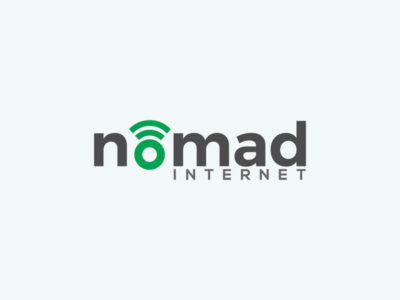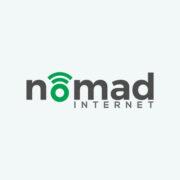When most businesses think about office printing costs, they usually focus on the obvious: paper, toner, and the price of the printer itself. However, the true cost of office printing extends far beyond these visible expenses. Many organizations, especially small to mid-sized businesses, are surprised to learn how much money is lost each year due to hidden costs like inefficiencies, wasted supplies, and unmanaged workflows.
Understanding these often-overlooked factors is key to reducing waste, improving productivity, and maintaining a lean operational budget. Here’s a closer look at the hidden costs of office printing and how to avoid or significantly reduce them.
Wasted Consumables
Ink and toner are notorious for being some of the most expensive liquids in an office environment. When printers are used inefficiently or poorly maintained, cartridges are often replaced too soon or thrown away with usable product still inside. Excessive color printing, printing emails or web pages unnecessarily, and frequent test prints also add to this waste.
Avoidance Tip: Establish default printing settings (e.g., double-sided, black-and-white) and educate employees on when to use color or high-resolution prints. Tracking software can also help identify overuse by department or individual.
Device Downtime and Maintenance Delays
Every minute a printer is down is potentially a minute lost in productivity. Unplanned maintenance, paper jams, or confusing error messages can halt operations, especially in offices that rely on a single device or lack IT support. These delays often result in missed deadlines, frustrated employees, and costly service calls.
Avoidance Tip: Regular maintenance and proactive monitoring of print devices can prevent many issues before they occur. Consider automating supply replenishment and scheduling preventive checkups to minimize unexpected disruptions.
Inefficient Print Workflows
Manual document handling such as scanning, printing, and re-scanning is not only time-consuming but prone to human error. Without a streamlined process, employees spend more time managing documents than focusing on revenue-generating activities. This is especially true for businesses that still rely heavily on paper-based workflows without automation tools in place.
Avoidance Tip: Implement document management tools that allow for secure cloud storage, automatic routing, and integration with email and productivity platforms. Multi-function devices can also consolidate printing, scanning, copying, and faxing into one machine.
Poorly Optimized Printer Fleet
Many offices operate with a random mix of outdated or redundant printers. These devices often differ in functionality, require different types of cartridges, and are expensive to maintain. Without visibility into usage, businesses may be overspending on underutilized or unnecessary devices.
Avoidance Tip: Conduct a print audit to assess which devices are used, how often, and by whom. Consolidating your printer fleet and eliminating underused machines can reduce maintenance and supply costs while improving energy efficiency.
Uncontrolled Print Volumes
It’s easy to lose track of how much printing is actually taking place until you see the monthly bill. Without restrictions, employees may print excessively or inappropriately, whether it’s for personal use or due to a lack of awareness. Uncontrolled usage results in higher paper consumption, ink depletion, and wear on the machines.
Avoidance Tip: Use print tracking software to monitor user activity, establish print quotas, and provide insights into areas of waste. This also fosters accountability and promotes environmentally responsible behavior across the organization.
Security Risks and Compliance Gaps
Printers often store data temporarily, and unsecured print environments can be a gateway for data breaches. Unclaimed print jobs left in output trays, outdated firmware, or lack of password protection all increase the risk – especially for businesses handling sensitive client or patient information.
Avoidance Tip: Secure your print environment with user authentication, encrypted printing, and routine software updates. Networked devices should be treated with the same level of security as computers and servers.
Administrative Overhead
Without centralized oversight, office managers or IT staff often spend an inordinate amount of time ordering supplies, responding to printer issues, and managing service calls. This diverts focus from strategic initiatives and increases labor costs associated with routine tasks.
Avoidance Tip: This is where managed print services can offer a significant advantage. These services take the burden of printer management off internal teams by providing proactive monitoring, automatic supply fulfillment, cost tracking, and ongoing support. This allows businesses to gain greater control over their print environment while reducing overall spend.
Office printing is a necessary function for many businesses. If left unmanaged, it becomes a silent drain on financial and operational resources. From supply waste and device downtime to inefficient workflows and security risks, the hidden costs can add up quickly.
By taking a strategic approach to printing through audits, smart device selection, user education, and service support, businesses can reduce waste, increase productivity, and significantly lower their total cost of ownership. In the long run, being proactive about your print environment isn’t just about saving money; it’s about setting your business up for long-term efficiency and success.













Comments